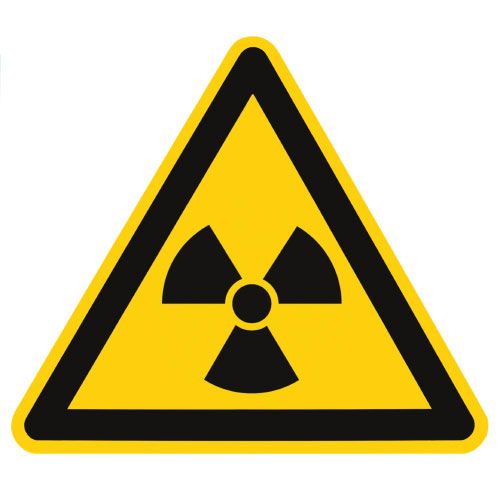Our technology imitates the processes known in biology as “secondary active transport”, which allows the extraction of metal ions from large volumes and to transfer and concentrate them in small volumes up to saturation and precipitation. It has applications in the following markets:
- Lithium Extraction from Natural Brines, Geothermal Wells, or Leach Solutions.
- Extracting Fatty Acids from Vegetable Oils for a More Economical Refining without environmental issues.
- Extracting of Radioactive Ions from Nuclear Plant stored water.
- Extracting of Metal Ions from Mine Leach Solutions, Effluents, or Tailings Ponds.
- Desalination of Sea Water, by Extracting Ions for Water Purification





